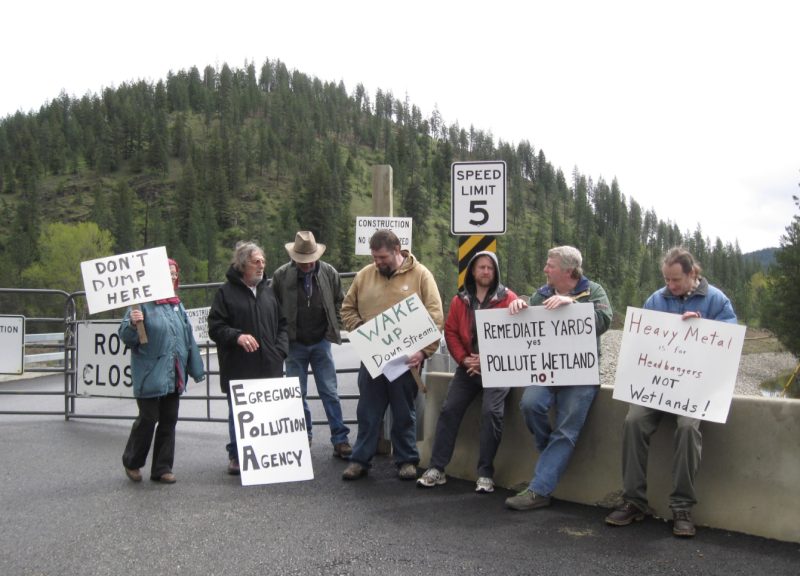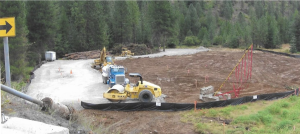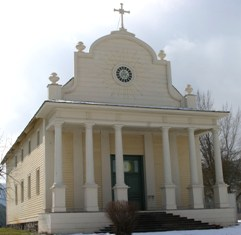
Within the nation’s largest lead Superfund site—a 1,500 square mile area stretching from the Idaho/Montana border into Washington, the Silver Valley Community Resource Center (SVCRC) has been championing health and clean land since 1986. Through grassroots activism, scientific documentation, and legal intervention, SVCRC works to improve quality of life for residents living with the legacy of heavy metal contamination. After a 1974 smelter fire, 99% of area children tested had blood lead levels over 11 times today’s safety threshold— among the highest ever recorded. Today, SVCRC demands immediate action on three critical fronts: shutting down the Mission of the Sacred Heart toxic waste dump on ancestral Coeur d’Alene tribal land, halting the newly discovered 640-acre Swan Lake waste site established without required public input, and securing funding for a Community Lead Health Center. Threats remain—during 2011 flooding, 160 metric tons of lead washed downstream in a single day—demonstrating why officials must listen to those who’ve witnessed four decades of contamination firsthand.

Caption: Spreading tons of contamination to the Coeur d’Alene River, Coeur d’Alene Lake, and into Washington State, the Mission of the Sacred Heart toxic waste dump on ancestral tribal land spans 20 acres and sits in a wetland and historic floodplain. Photo: SVCRC
Based in Kellogg and led by seasoned environmental advocates, SVCRC mobilizes a coalition of 300 members, 25+ volunteers, and 90 allied groups including regional tribes. The women and indigenous-led group founded the Idaho Lead Oversight Committee and secured court-ordered lead testing for children, only to discover through the recent Magellan lawsuit that testing machines used by state agencies were ineffective. Still awaiting the return of Department of Justice and EPA officials explicitly directed to address community concerns, SVCRC fights against agencies that reportedly told members, “We don’t care what you want, we are going to do it anyway.” As Idaho experiences rapid population growth with newcomers unaware of toxic risks, SVCRC’s science-backed advocacy becomes increasingly critical—particularly for children who absorb lead 17 times more readily than adults, facing lifelong impacts on brain development, kidney function, and reproductive health.

Caption: The Mission toxic waste site sits a mere 800 feet from the Sacred Heart Mission (1850-1853), Idaho’s oldest building. Listed on the National Register of Historic Places, the mission documents the historic relationship between Jesuit missionaries and the Coeur d’Alene Tribe. Photo: SVCRC